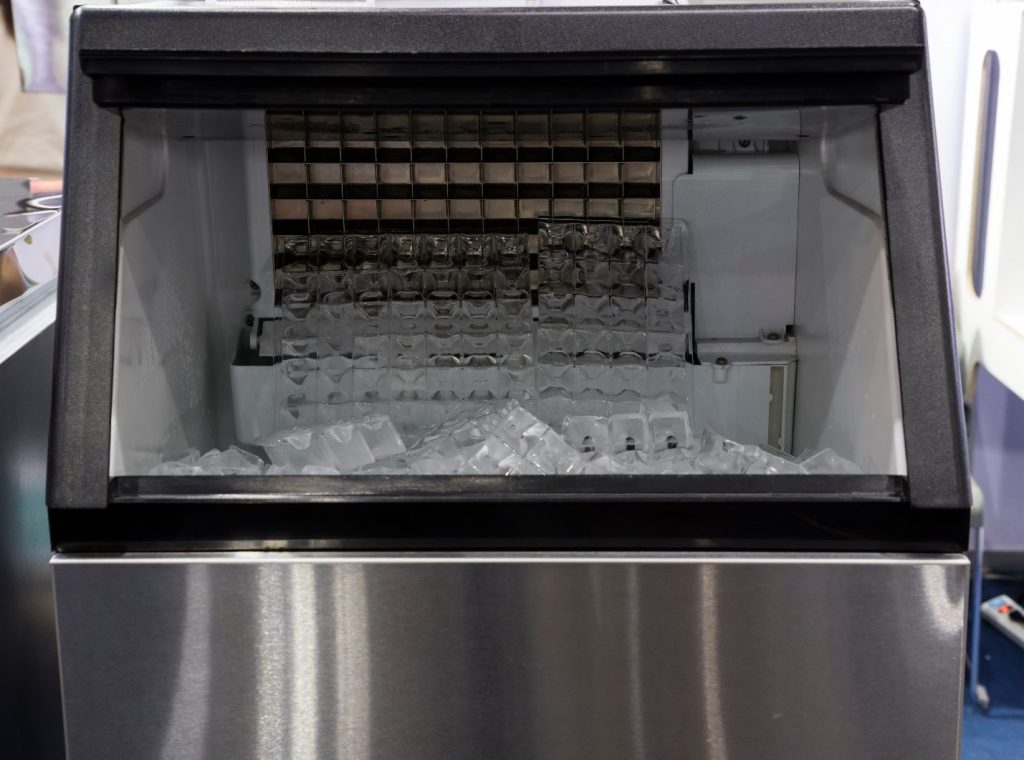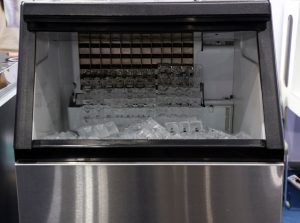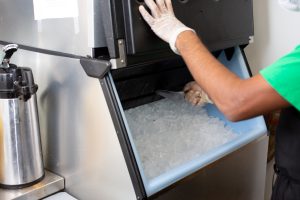When it comes to industries like hospitality, food service, and healthcare, ice is more than just a cool addition to a refreshing beverage. In reality, the reliability and efficiency of ice production is a fundamental component that ensures the smooth operation of countless businesses.
As businesses strive to meet the diverse demands of their clientele, understanding the intricate science behind commercial ice production becomes a paramount consideration. In this comprehensive exploration, we’ll demystify the complexities of commercial ice machines rental. The purpose here will be to provide the insights necessary to make informed decisions when selecting the ice machine that aligns seamlessly with your operational needs.
After all, it’s a strategic decision that can shape the success of your enterprise. Keep reading to learn more.
The Ice Making Process
When it comes to understanding the science behind commercial ice production, it’s critical to first know the meticulous step-by-step process within commercial ice machines. First, the water enters the machine, guided by a precision-controlled valve, ensuring an optimal flow. Once inside, the water undergoes filtration, a crucial initial step to eliminate impurities and minerals that might affect the ice’s taste and clarity.
Following filtration, the water enters the ice mold or freezing chamber. Here, an evaporator plate, chilled to sub-zero temperatures, causes the water to freeze gradually, layer by layer, creating the foundation of the ice. The controlled freezing process is imperative for the formation of high-quality pure ice.
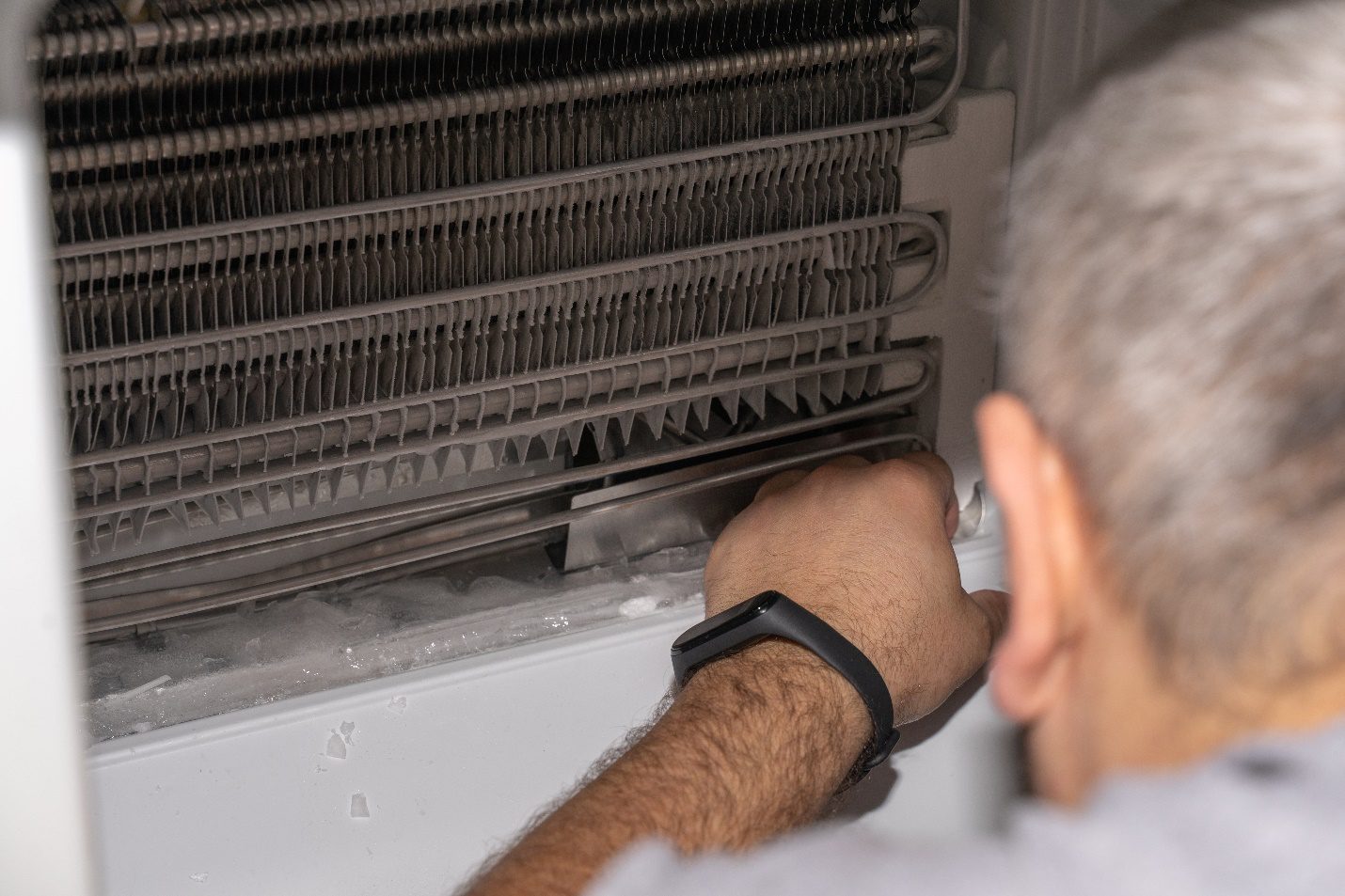
As the ice solidifies, excess water is continually drained, leaving behind only the pure ice. The duration of the freezing process varies based on the type of ice desired. Once the ice reaches its designated size and density, the machine initiates the harvest cycle. In this phase, hot gas or a heating element warms the evaporator plate, releasing the ice. Gravity or a mechanical device then facilitates the seamless release of the freshly formed ice.
Types of Commercial Ice Machines
There are various types of commercial ice machines with distinct characteristics. Each type ensures that businesses across various industries have access to the perfect ice solution, tailored to their unique requirements.
- Cube ice machines:These are the workhorses of the industry, producing solid, clear cubes ideal for chilling beverages. Their versatility suits bars, restaurants, and healthcare settings where a clean, slow-melting ice cube is paramount.
- Flake ice machine: For businesses seeking softer, moldable ice, flake ice machines take center stage. These units create delicate, snow-like flakes, perfect for food displays, seafood preservation, and healthcare applications.
- Crescent ice machine: In contrast, crescent ice machines are rarer. These produce half-moon-shaped ice that is trending in beverage services, like bars, for its ample surface area.
- Octagon ice machines: These machines introduce an artistic touch to your chilling needs, delivering uniquely shaped ice for upscale establishments.
- Dice ice machines: They produce compact, square-shaped ice, while sphere ice machines craft perfectly round orbs, both enhancing beverage presentationsin high-end bars and lounges.
- Gourmet ice machines: True to their name, these machines produce crystal-clear, large cubes ideal for premium upscale establishments that prioritize aesthetics.
- Top hat ice machines: With their distinct shape, these machines add flair to cocktails and upscale presentations.
- Nugget ice machines: They produce chewable, soft nuggets, fittingly known as “Sonic ice,” ideal for healthcare, schools, and quick-service restaurants.
Refrigeration Systems
Understanding the refrigeration system is also critical to knowing the science behind commercial ice production. These systems come in various types, each playing a crucial role in ensuring efficient and consistent production.
Commonly, commercial ice machines utilize either air-cooled or water-cooled refrigeration systems. The air-cooled variety employs fans to dissipate heat, making them more energy-efficient and suitable for businesses conscious of operational costs. On the other hand, water-cooled systems use water to cool the refrigerant, making them a preferable choice in areas with high ambient temperatures.
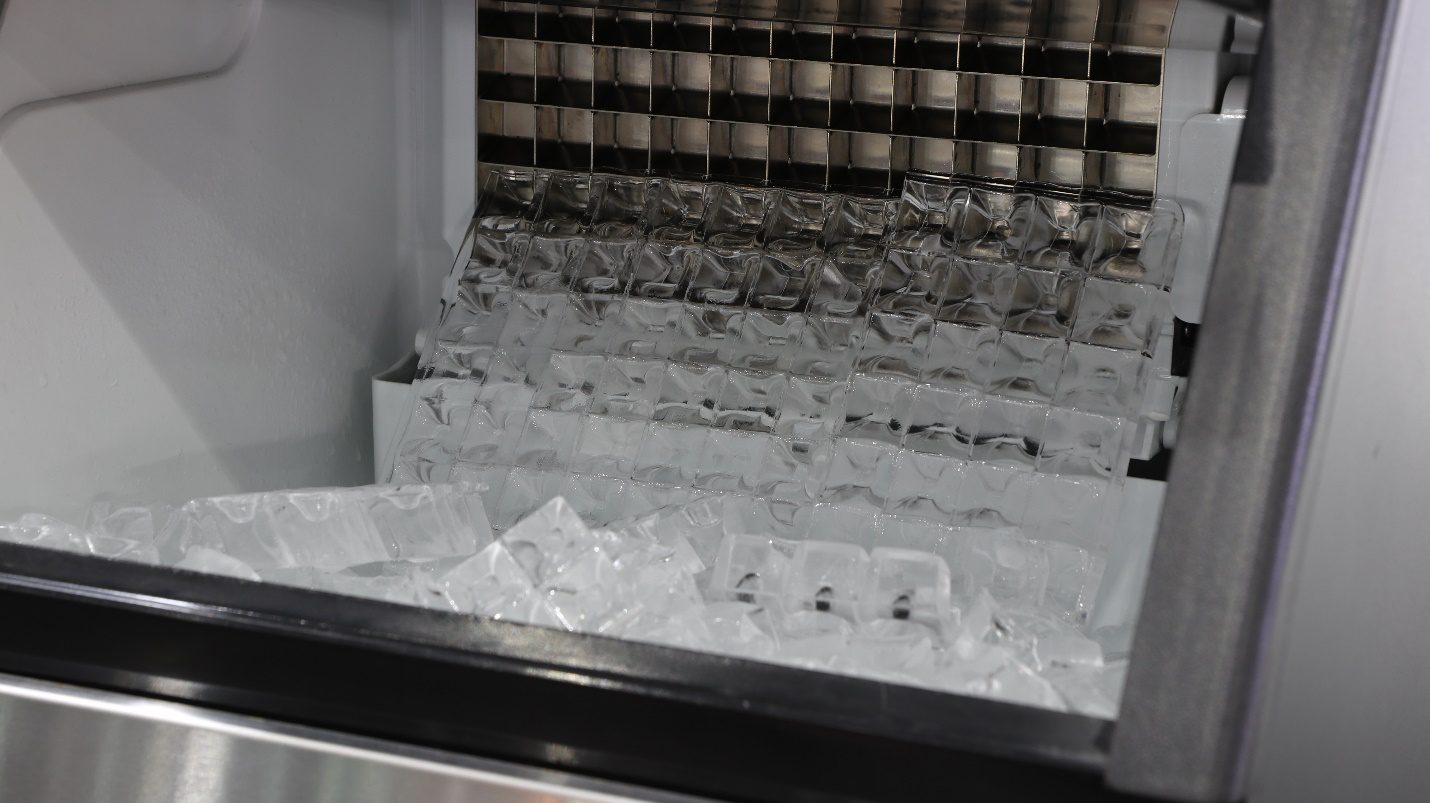
The efficiency of these systems is pivotal for reliable ice production. The refrigeration process commences when the compressor compresses a low-pressure, low-temperature gas, transforming it into a high-pressure, high-temperature gas. This gas then circulates through coils, releasing heat and cooling the surroundings. The cooled refrigerant enters the evaporator, where it absorbs heat from the water, causing it to freeze.
Compressor Technology
Compressors are the engines driving the cooling process of ice machines. These come in two primary types: reciprocating and scroll compressors.
Reciprocating compressors use back-and-forth movements to compress refrigerant gas. This technology is robust and reliable, making it suitable for various applications. On the other hand, scroll compressors employ spiral motions to compress refrigerant, reducing friction and noise while enhancing energy efficiency.
The impact of compressor technology extends beyond mere functionality. It significantly influences the energy efficiency and ice production rates of commercial ice machines. Advanced compressor technologies, like those in scroll compressors, contribute to lower energy consumption, promoting cost-effectiveness in daily operations. The efficiency of the compression process also directly affects the speed at which ice is produced, ensuring a steady and reliable supply.

